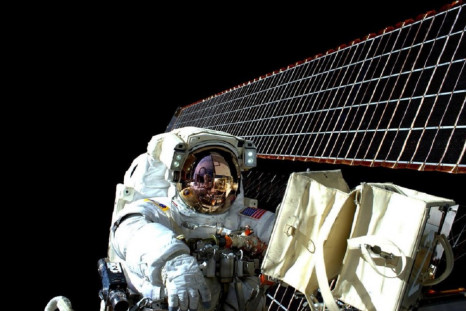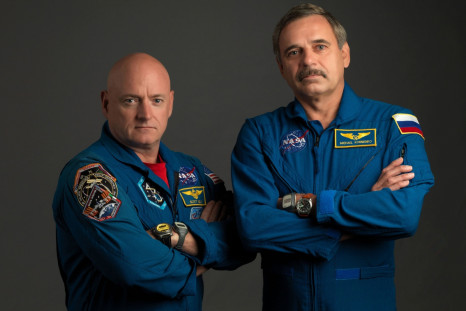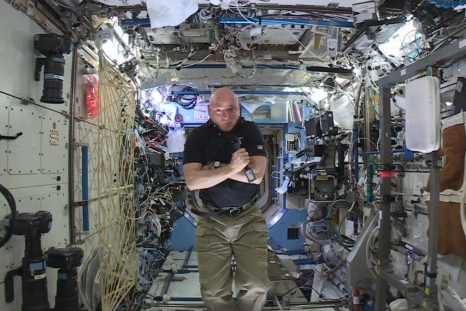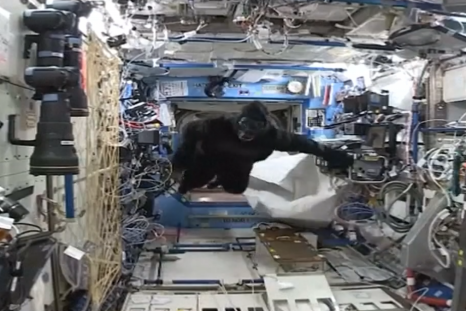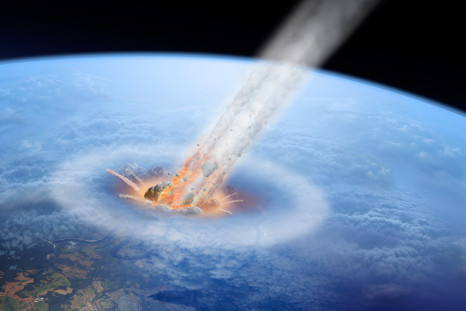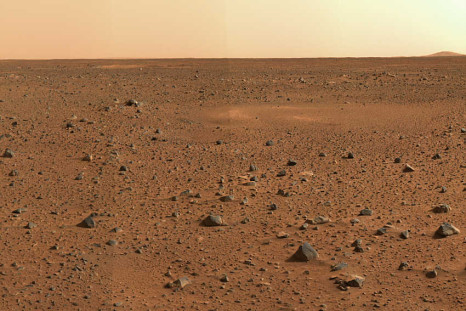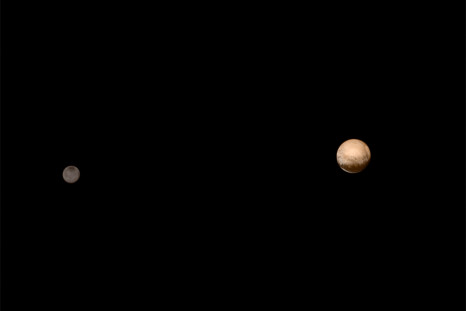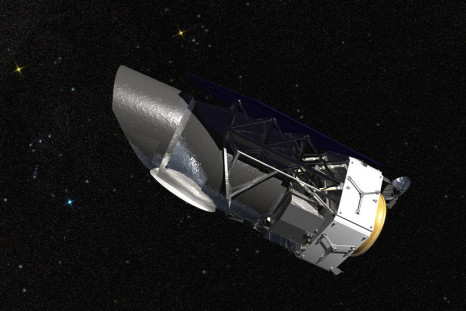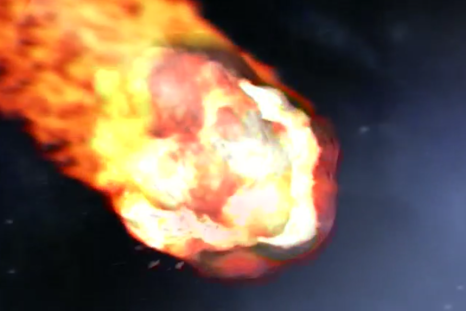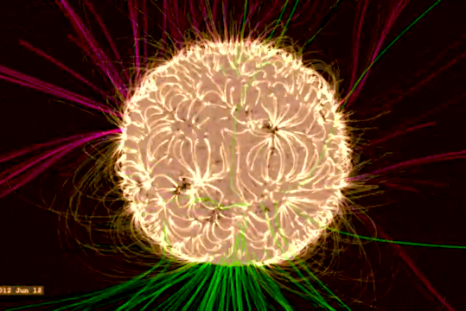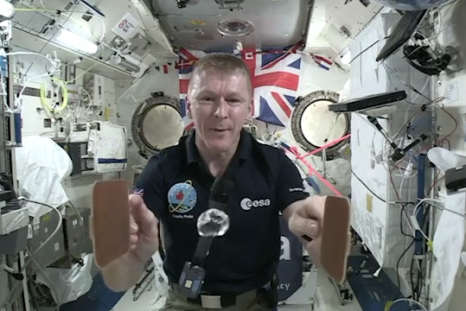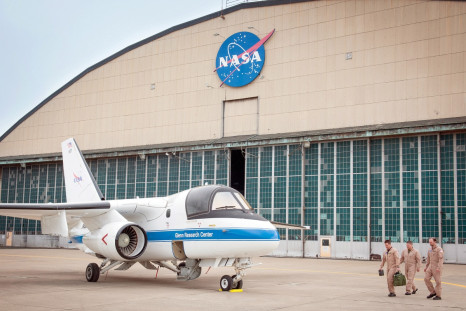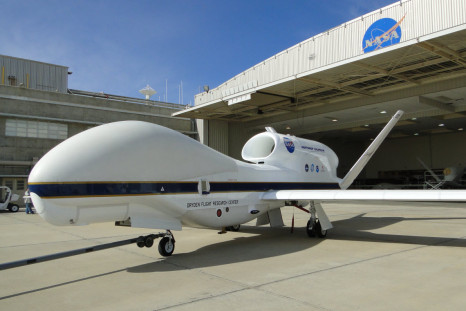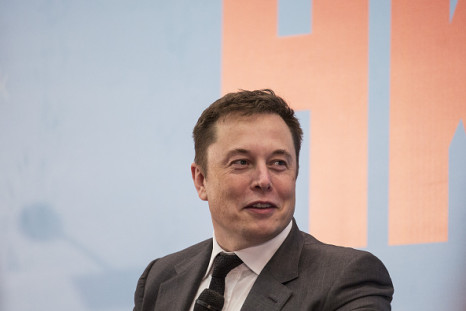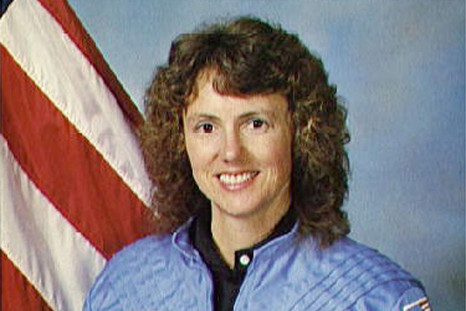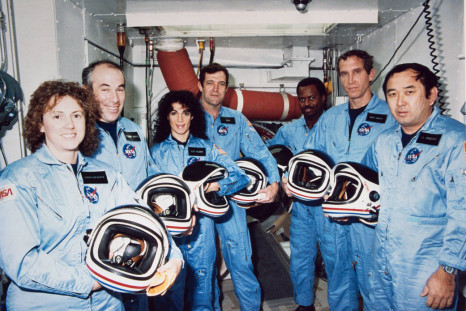Home
> NASA
NASA
Scott Kelly year in space: Best moments from Nasa astronaut's 365 days on board the ISS
From phone calls with Obama to the first flower to bloom in space – Kelly's best moments.
Hannah Osborne Feb 27, 2016
Scott Kelly livestream: Watch Nasa astronaut leave ISS live online following Year in Space
After 340 days in Scott Kelly returns to Earth. Watch him leave the ISS live online.
Léa Surugue Feb 26, 2016
US astronaut Scott Kelly looks back on record-breaking year on ISS
Kelly said the ISS is a 'magical' place but that he'll be glad to get back to Earth.
Adam Justice Feb 26, 2016
Scott Kelly's Year in Space: Best pictures from Nasa astronaut's Instagram and Twitter feed
Some of the incredible, beautiful images of Earth from space taken by astronaut which he posted on social media.
Léa Surugue Feb 26, 2016
Robonaut 3D: Nasa turns to public to help improve humanoid robot's vision
Nasa launches competition for coders to develop best algorithm to help improve ISS robot.
India Ashok Feb 25, 2016
Monkeying around in space! Funny clip shows astronaut Scott Kelly on ISS in a gorilla outfit
Nasa astronaut is seen in video chasing Britain's Tim Peake around space station while dressed up as an ape.
Adam Justice Feb 25, 2016
Nasa asteroid watch: Truck-sized meteor smashes to Earth with force of Hiroshima atomic bomb
Asteroid which exploded in skies off Brazil was largest to hit Earth since 2013.
Mark Piggott Feb 23, 2016
Nasa scientist: We can get to Mars in 3 days with photonic propulsion
Philip Lubin says we could use particles of light to push spacecraft to the Red Planet.
Hannah Osborne Feb 23, 2016
Nasa's New Horizons probe reveals frozen ocean may have broken Pluto's moon
Nasa scientists say they m ay have found the reason for Charon's cracked and broken surface.
Mike Martin Feb 21, 2016
Nasa to grow potato in Peru to simulate growing them on Mars
The potatoes will be grown ina lab in soil from Atacama Desert in southern Peru.
Sanskrity Sinha Feb 19, 2016
WFIRST: Nasa telescope 100 times bigger than Hubble will search for dark matter, alien worlds
The Wide Field Infrared Survey Telescope (WFIRST) will search for dark matter and planets outside our solar system.
Hannah Osborne Feb 19, 2016
More sizzling news: January 2016 hottest ever recorded
After hottest year ever, scorching first month of 2016 racks up scary biggest anomaly from norm
Mary Papenfuss Feb 16, 2016
ESA sending probe to asteroid to find out if we can prevent armageddon
Mission could uncover way of stopping a meteor strike similar to one that ended dinosaurs.
Owen Hughes Feb 12, 2016
Nasa: Sea level rise being offset by climate change-induced land water storage
Researchers said more data is needed to understand causes of patterns and if they will continue.
Hannah Osborne Feb 12, 2016
Secret spy satellite launched by US military and no one knows what it's for
US reconnaissance agency satellite left earth on a classified mission but who or what is it looking at?
James Billington Feb 11, 2016
Abandoned in Place: Eerie photographs of deserted relics of the space race
Roland Miller's photographs show deserted American space facilities that played a crucial role in space exploration.
David Sim Feb 11, 2016
Nasa's new space tourism posters offer futuristic travel to Mars, Jupiter and Titan
Nasa posters promote travel to Mars, Jupiter and Venus and moons Titan and Europa.
Sanskrity Sinha Feb 10, 2016
Nasa rules out Indian was killed by meteorite in Tamil Nadu state
Indian experts also insist preliminary investigation points fingers at non-meteorite explosion.
Vasudevan Sridharan Feb 10, 2016
Nasa is building a Mars virtual reality experience for Oculus Rift and Samsung Gear VR
Nasa is using Unreal Engine 4 and working with MIT and game developers to create the Mars 2030 Experience.
Mary-Ann Russon Feb 08, 2016
Sixth man on the moon Apollo 14 astronaut Edgar Mitchell dies aged 85
Mitchell believed that alien civilisations had visited the Earth and UFOs are real.
Mark Banham Feb 06, 2016
Nasa says asteroid 2013 TX68 could pass as close to 11,000 miles from Earth on 5 March
The average distance of the Moon from the Earth, by comparison, is 238,555 miles.
Adam Justice Feb 04, 2016
Life on Mars? Scientists struggle to find explanation for tiny 'cauliflower' formations on Red Planet
Unusual formations of mineral deposits virtually identical to ones formed by life on Earth.
Mark Piggott Feb 03, 2016
Stunning Nasa animation reveals dynamic magnetic fields of the Sun
The video shows how magnetic field lines shoot off the powerful star, with some looping back towards the surface.
Adam Justice Feb 03, 2016
Tim Peake: British astronaut educates children with space ping-pong
The demonstration was part of an effort to teach school children about space.
Adam Justice Feb 03, 2016
Nasa hack: 10,000 machines in the space agency are infected by malware, says security expert
Security Scorecard says its big data engine has picked up on a huge number of vulnerabilities affecting Nasa's network.
Mary-Ann Russon Feb 02, 2016
Nasa hack: AnonSec attempts to crash $222m drone, releases secret flight videos and employee data
AnonSec hacked Nasa's internal network for several months without detection and even hijacked a drone.
Mary-Ann Russon Feb 01, 2016
Elon Musk to reveal SpaceX Mars mission plan
The SpaceX CEO says he hopes to put people on Mars by 2025
India Ashok Feb 01, 2016
Nasa's Curiosity rover beams selfie back from the surface of Mars
Nasa's rover is currently examining sand samples in the Namib Dunes near Mount Sharp
Jan 30, 2016
Nasa Space Shuttle Challenger disaster: Remembering the tragedy on its 30th anniversary
In 1986, NASA's Space Challenger launched from the Kennedy Space Center, exploding 73 seconds later due to technical malfunctions
Alex Wheeler Jan 28, 2016
Challenger disaster: Nasa pays tribute to mission crew on 30th anniversary of fatal explosion
Nasa to host Day of Remembrance in tribute to crews of Apollo 1 and space shuttles Challenger and Columbia.
Hannah Osborne Jan 28, 2016
Pages
- PREV
- 27
- 28
- 29
- 30
- 31
- 32
- 33
- 34
- 35
- NEXT


